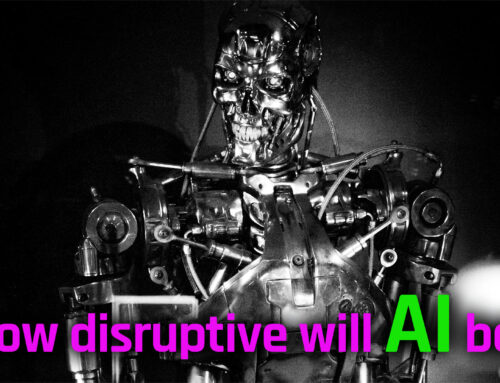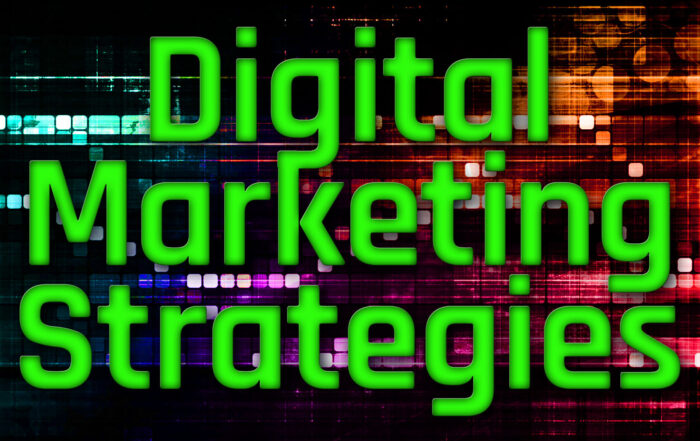Digital Marketing Strategies For Success
In an era dominated by technology and connectivity, businesses are increasingly turning to digital marketing to reach and engage with their target audiences. Digital marketing has evolved into a multifaceted discipline, encompassing a wide range of strategies and channels. In this article, we will explore the dynamic landscape of digital marketing, its key components, and strategies for success in the ever-changing online world.
- The Digital Marketing Landscape:
Digital marketing refers to the use of digital channels, platforms, and technologies to promote products or services. The landscape is diverse, covering various elements such as search engine optimization (SEO), social media marketing, email marketing, content marketing, and paid advertising. Each of these components plays a unique role in creating a comprehensive digital marketing strategy.
- Search Engine Optimization (SEO):
SEO is the practice of optimizing a website to rank higher on search engine result pages (SERPs). It involves a combination of on-page and off-page tactics, including keyword research, content optimization, link building, and technical SEO. A strong SEO strategy improves a website’s visibility, driving organic traffic and establishing credibility.
- Social Media Marketing:
Social media platforms have become powerful tools for digital marketers to connect with their audiences. Through platforms like Facebook, Instagram, Twitter, and LinkedIn, businesses can engage with users, build brand awareness, and drive traffic to their websites. Social media marketing also involves paid advertising to target specific demographics and boost reach.
- Email Marketing:
Despite the rise of newer communication channels, email marketing remains a highly effective method for reaching and nurturing leads. It involves sending targeted and personalized messages to a subscriber list, fostering customer loyalty, and driving conversions. Automation tools allow marketers to streamline and personalize email campaigns for better engagement.
- Content Marketing:
Quality content is at the heart of successful digital marketing. Content marketing involves creating and distributing valuable, relevant, and consistent content to attract and retain a target audience. Blog posts, articles, videos, infographics, and podcasts are among the various content formats used to convey messages and establish expertise.
- Paid Advertising:
Paid advertising includes various online advertising models, such as pay-per-click (PPC), display ads, and social media advertising. It offers a way to quickly generate visibility and traffic by placing ads in strategic locations. Data-driven targeting ensures that ads reach the most relevant audience, optimizing return on investment (ROI).
- Analytics and Data-Driven Decision-Making:
One of the significant advantages of digital marketing is the availability of data for analysis. Marketers use analytics tools to track performance, measure key performance indicators (KPIs), and gain insights into user behavior. This data-driven approach allows for continuous optimization of campaigns and strategies.
- Mobile Marketing:
With the increasing use of smartphones, mobile marketing has become indispensable. Marketers must ensure that their websites are mobile-friendly, and they can leverage mobile advertising, in-app marketing, and location-based targeting to reach users on the go.
Conclusion:
Digital marketing is a dynamic and ever-evolving field that requires adaptability and a commitment to staying informed about industry trends. By integrating various components like SEO, social media marketing, email marketing, content marketing, and paid advertising, businesses can create a holistic digital marketing strategy. The key to success lies in understanding the target audience, leveraging data for informed decision-making, and embracing innovation to stay ahead in the competitive digital landscape.










